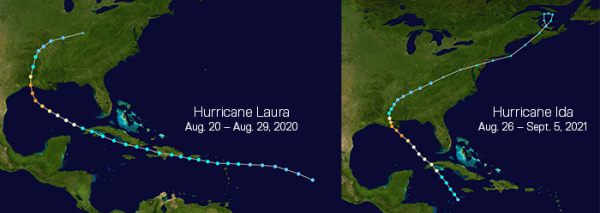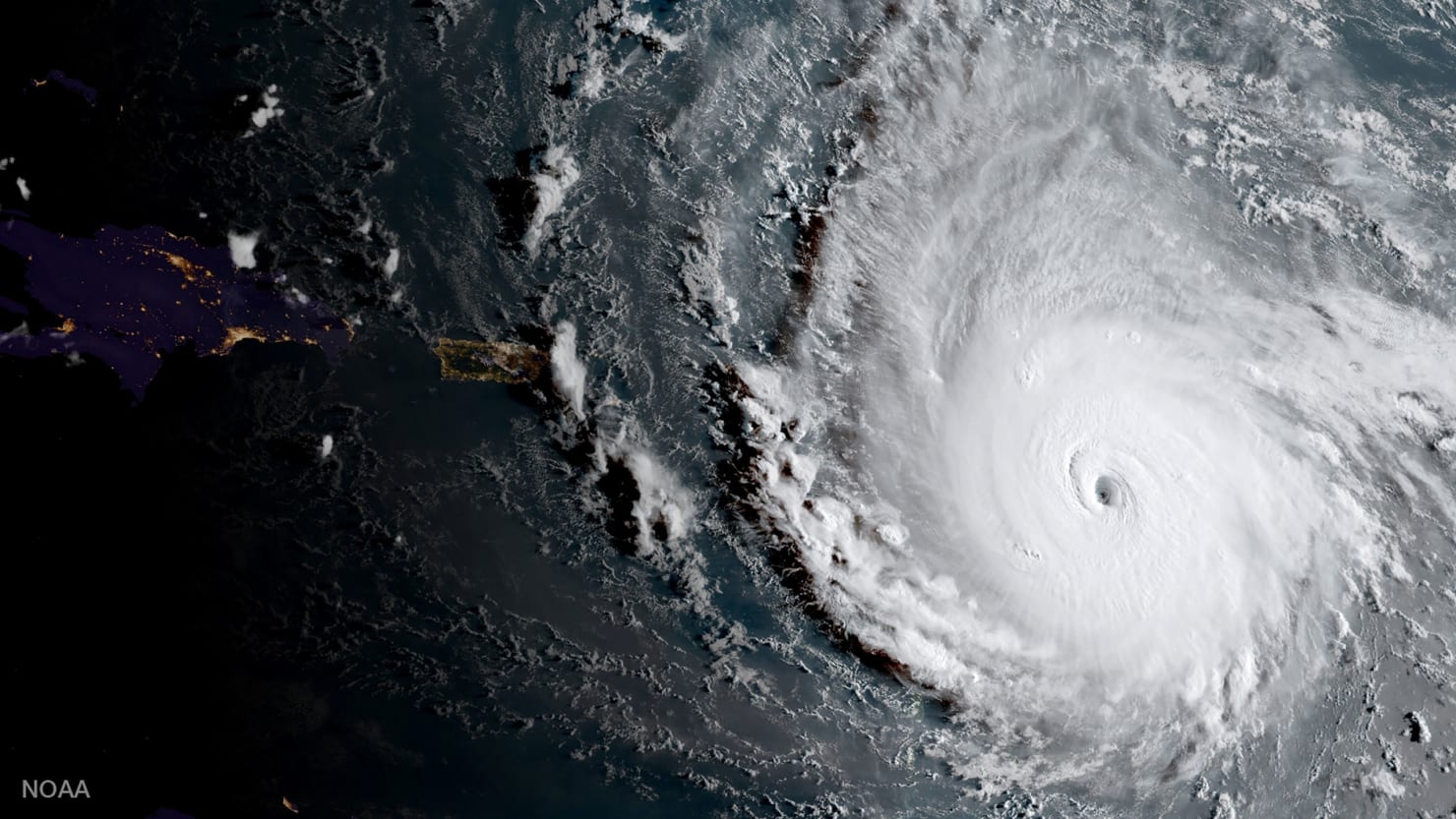Preparing for the Future by Understanding the Past
One best practice of hurricane preparedness is to evaluate how your response plan performed during previous hurricanes and tropical storms. This process helps refine your organization's decision-making processes and how you respond to future threats.
Even if your organization wasn't directly impacted by a specific hurricane, there are still lessons to be learned. By understanding the past, we can become better equipped to understand the future.
Read the Lessons Learned from Barry, Harvey, Ida, Irma and Laura.
Hurricane Laura made landfall on August 27, 2020 near Cameron, Louisiana as a Category 4 hurricane. Hurricane Ida made landfall on August 29, 2021 (the 16th anniversary of Hurricane Katrina) near Port Fourchon, Louisiana, also as a Category 4 hurricane.

Similar Storms, Vastly Different Impacts
Based on their size and intensity Hurricanes Laura and Ida were a perfect match. On StormGeo’s Hurricane Severity Index (HSI) scale, both storms reached 20 points for intensity and 11 points for size (both out of 25) and a max total score of 30 (out of 50). Both storms had Category 4 winds and hurricane-force winds were felt about 50-60 miles from the eye of the storms.




